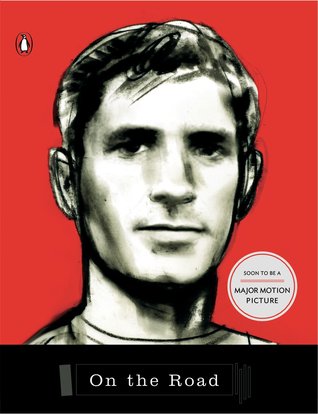
Hardcover, 40 pgs.
I am an Amazon Affiliate
Normal Norman by Tara Lazar, illustrated by S. Britt, is a very colorful book about a junior scientist and Norman, a gorilla. The junior scientist in a lab seeks to define what “normal” is, and in so doing, she comes to learn that normal is indefinable. Norman is a gorilla who wears eye glasses and carries a stuffed aardvark. Upon examining Norman, the junior scientist finds that his head size is normal, as are his paws and ears. However, as the examination progresses, she learns that he doesn’t eat bananas or sleep on leaves in the jungle.
The junior scientist increasingly gets frustrated as she finds her subject does not fit what she deems to be normal. Eventually throughout the book, she realizes that normal does not necessarily mean the same thing for everyone. One person’s normal is not everyone’s normal. The illustrations are engaging and colorful, and my daughter was intrigued about this use of the scientific method. She giggled when Norman would do something outside the norm.
Normal Norman by Tara Lazar, illustrated by S. Britt, is a good book for parents and children to discuss individuality and what it means to be normal. At the conclusion of the book, we talked about normal and what it means to us as individuals, and kids will find that Norman’s normal is just as fun and exciting as someone else’s normal.
Rating: Quatrain














